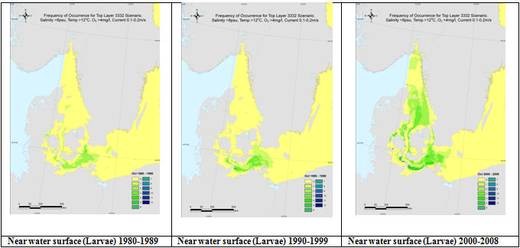PROTECTION OF HISTORICAL SHIP WRECKS
7. oktober 2010
Wreck Protect Project is an EU-funded project under Framework 7, Theme 6, Environment. The project started in April 2009 and will last for 2 years.
The main objectives of WreckProtect are:
• To develop a user-friendly tool to locate and predict the spread of the shipworm Teredo navalis.
• To investigate and summarize state of art methods for in situ protection of these ship wrecks.
Teredo is an invasive species that has infested many shipwrecks in the Skagerrak and Kattegat and may now be spreading eastwards into the Baltic. Shipworms grow by eating through submerged wood, creating tunnels that weaken the structure and render it highly susceptible to damage by strong currents or contact from passing objects. Shipworms are now considered a significant threat to underwater cultural heritage, such as historically important shipwrecks, in the Baltic.
WreckProtect researchers have summarized the tolerance of different stages of the shipworm life-cycle to salinity, temperature, oxygen content and currents. These tolerances were then used to model shipworm distributions for the periods 1980-2008 (hindcast) and 2009-2020 (predicted).
A Geographical Information System tool has now been developed to show the results in the form of maps that highlight seasonal and long-term changes in the distribution of shipworm in the Kattegat and Baltic. So-called "Hot Spots" on these maps highlight locations where shipworms are most likely to survive, infest and reproduce. The maps will be publicly available to help managers and researchers to evaluate infestation risk of historical shipwrecks in the Baltic, and thereby assist in prioritizing protection of these wrecks.
Results show that shipworms are common throughout the Kattegat and Danish Belts during the summer (June-September), but less frequent farther east toward Bornholm in the southern Baltic. The distribution of shipworm reproduction in autumn (October) has increased over three successive decades. Detailed investigations are now being done to determine whether this increased spread is a result of climate change.
Near water surface (Larvae) 1980-1989 Near water surface (Larvae) 1990-1999 Near water surface (Larvae) 2000-2008
Wreck Protect is coordinated by Dr Charlotte Gjelstrup Björdal, Technical Research Institute of Sweden, and supported by five project partners, David Gregory (Danish National Museum), Zyad Al Hamdani (Geological Survey of Denmark and Greenland; GEUS), Jørgen Dencker (Viking Ship Museum), Martijn Manders (Dutch Cultural Heritage Agency) and Jon Havenhand and Christin Appelqvist (University of Gothenburg). The WreckProtect advisory board draws on scientists from France, Germany and Finland.
Zyad Al-Hamdani
Senior Researcher
Geological Survey of Denmark and Greenland
Øster Vold gade 10
1350 Copenhagen K.
Danish version pdf, 520 kb.



